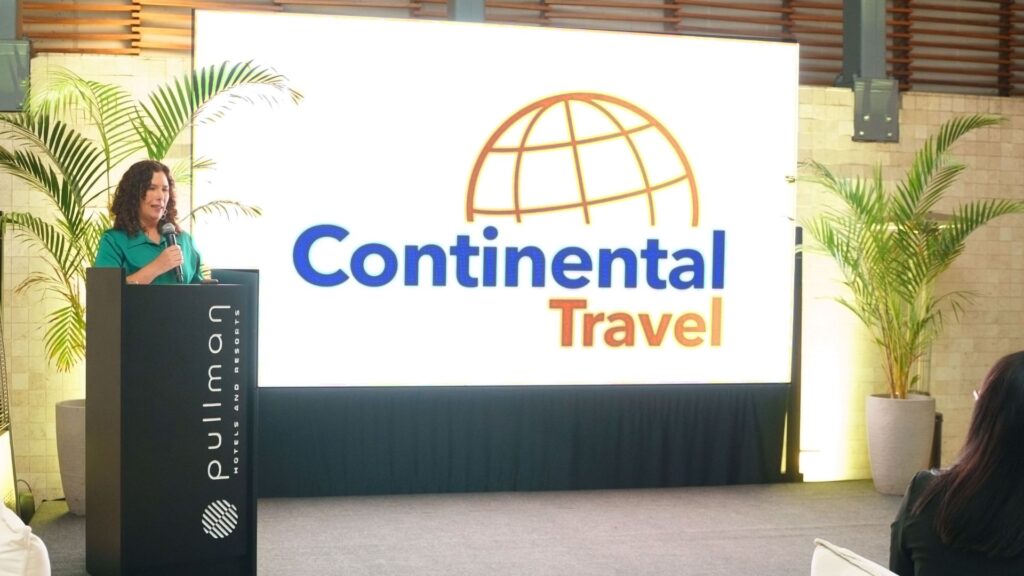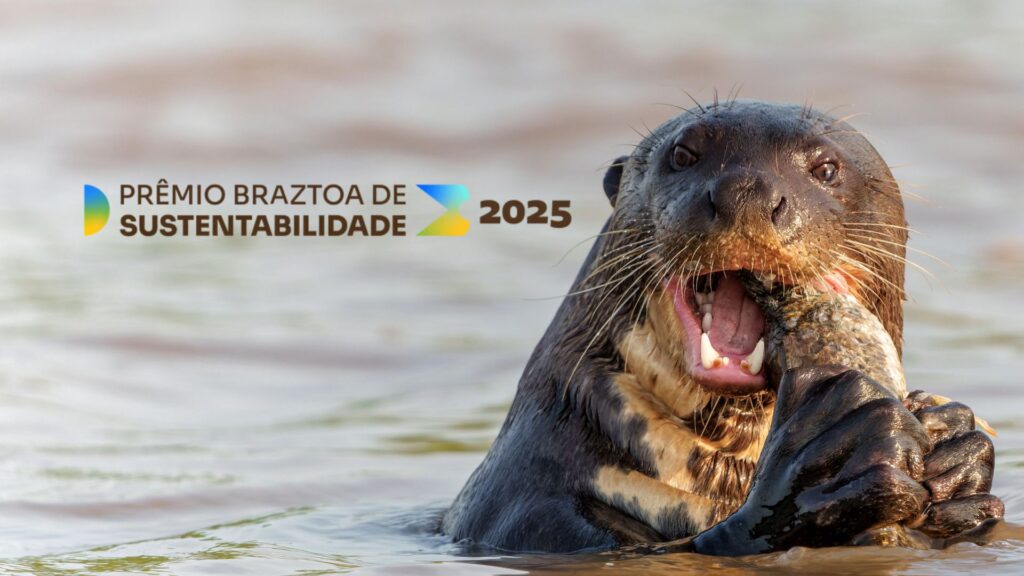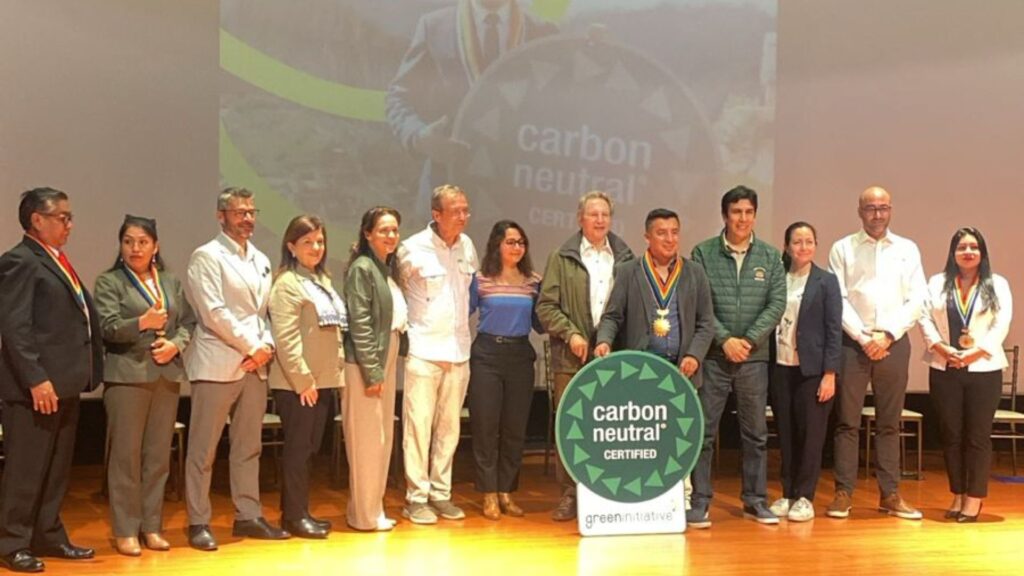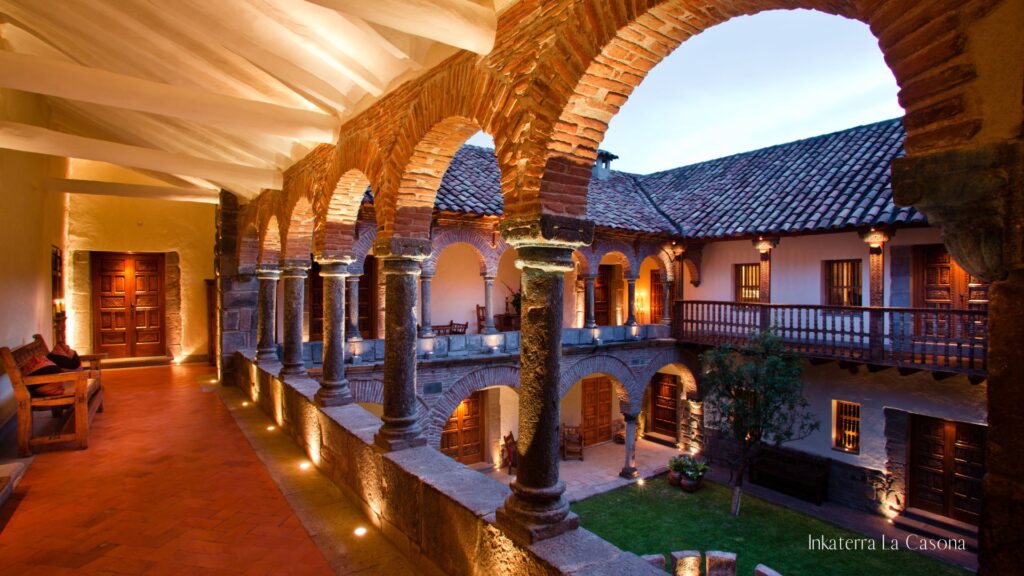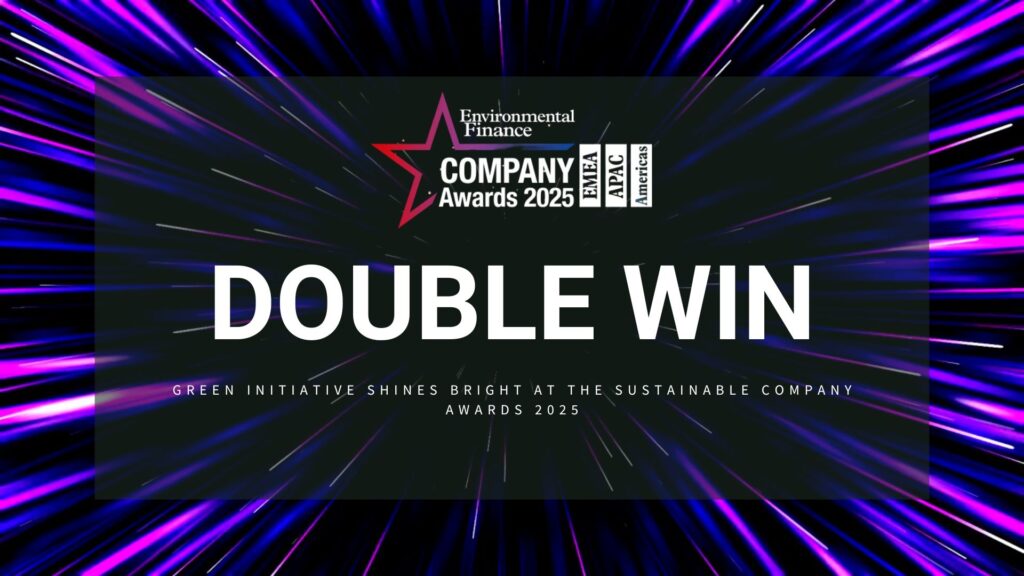Green Initiative and Peru’s Amazon: Advancing Global Climate-Positive and Nature-Positive Action with BAM and the REDD+ Castañeros Project
Peru stands as one of the world’s most strategic regions for implementing climate-positive and nature-positive solutions. Across its iconic landscapes— from Machu Picchu to Madre de Dios— the country is redefining how territories can integrate science, governance, community leadership, and verified impact to protect ecosystems while generating sustainable development. At the center of this transformation is Green Initiative, whose international climate governance model is being adopted by governments, destinations, and conservation partners throughout Peru. A key pillar of this effort is the alliance with Bosques Amazónicos (BAM) and its internationally recognized conservation program: the REDD+ Castañeros Project, one of the most relevant private REDD+ initiatives worldwide for climate and social impact. Together, these organizations are demonstrating how Peru can convert climate ambition into real, verifiable, and community-led implementation. Peru as a Global Model for Climate & Nature Positive Implementation Green Initiative works across multiple ecosystems and governance levels to accelerate: This integrated approach positions Peru as a global reference for implementation, not only commitment. The REDD+ Castañeros Project: A Cornerstone of Amazonian Conservation Developed by BAM in collaboration with more than 800 Brazil nut–harvesting families, the REDD+ Castañeros project protects over 600,000 hectares of unique and megadiverse Brazil nut forests in Madre de Dios. For more than 15 years, this alliance has safeguarded ecosystems of extraordinary importance while strengthening local livelihoods. This model directly supports Green Initiative’s mission:evidence-based climate action, measurable biodiversity protection, and community-centered development. 🌍 1. Climate-Positive Impact Through avoided deforestation and strengthened forest governance, the REDD+ Castañeros project generates high-integrity carbon credits with global relevance. Key climate outcomes: These achievements align with Green Initiative’s standards for traceability, transparency, and MRV integrity across territories. 👨👩👦 2. Community Impact & Inclusive Development The project’s social dimension is one of its greatest strengths. BAM works side by side with families that have protected Brazil nut forests for generations, providing incentives, tools, and opportunities for sustainable development. Social impact highlights: This mirrors Green Initiative’s philosophy: climate solutions must empower people first. 🐾 3. Biodiversity Protection & Scientific Innovation The REDD+ Castañeros territory is among the most biologically rich regions on Earth. Outstanding biodiversity contributions: These efforts strengthen the nature-positive goals that Green Initiative promotes globally:conservation based on science, technology, and local knowledge. Why This Alliance Matters for Peru and the World Global demand for high-integrity climate solutions is rapidly expanding. Territories that can demonstrate: are becoming the most attractive for climate finance, regenerative tourism, and international investment. The alliance between Green Initiative, BAM, and the REDD+ Castañeros community places Peru at the forefront of this movement, proving that real climate action must reconnect people, forests, and economic opportunity. From the Amazon to the World: Implementation That Sets a Benchmark Through this partnership, Peru advances: This is the pathway from ambition to implementation — and from implementation to global leadership. About Green Initiative Green Initiative is an international platform dedicated to climate governance, decarbonization pathways, nature-positive implementation, and ecosystem restoration, working with governments, World Heritage sites, conservation programs, and local communities. Its portfolio spans iconic destinations from Machu Picchu to Bonito, Cristo Redentor, Cabo Blanco, Angkor Wat, and the Galápagos, supporting them in achieving real, verifiable, and community-centered climate impact. REDD+ Castañeros in Focus: A Photographic Story by Walter H. Wust This article was written by Virna Chávez from the Green Initiative Team. Related Reading


